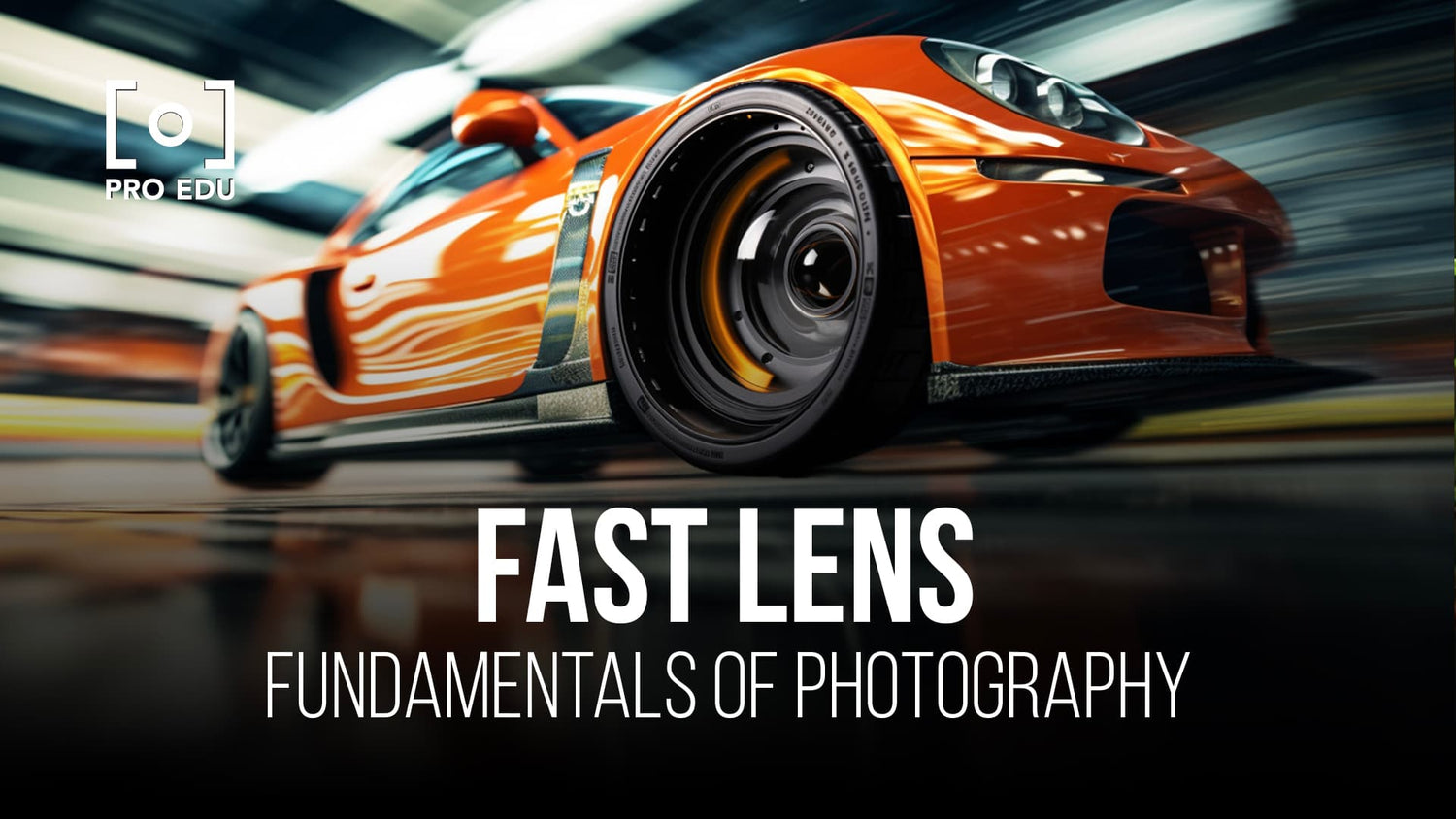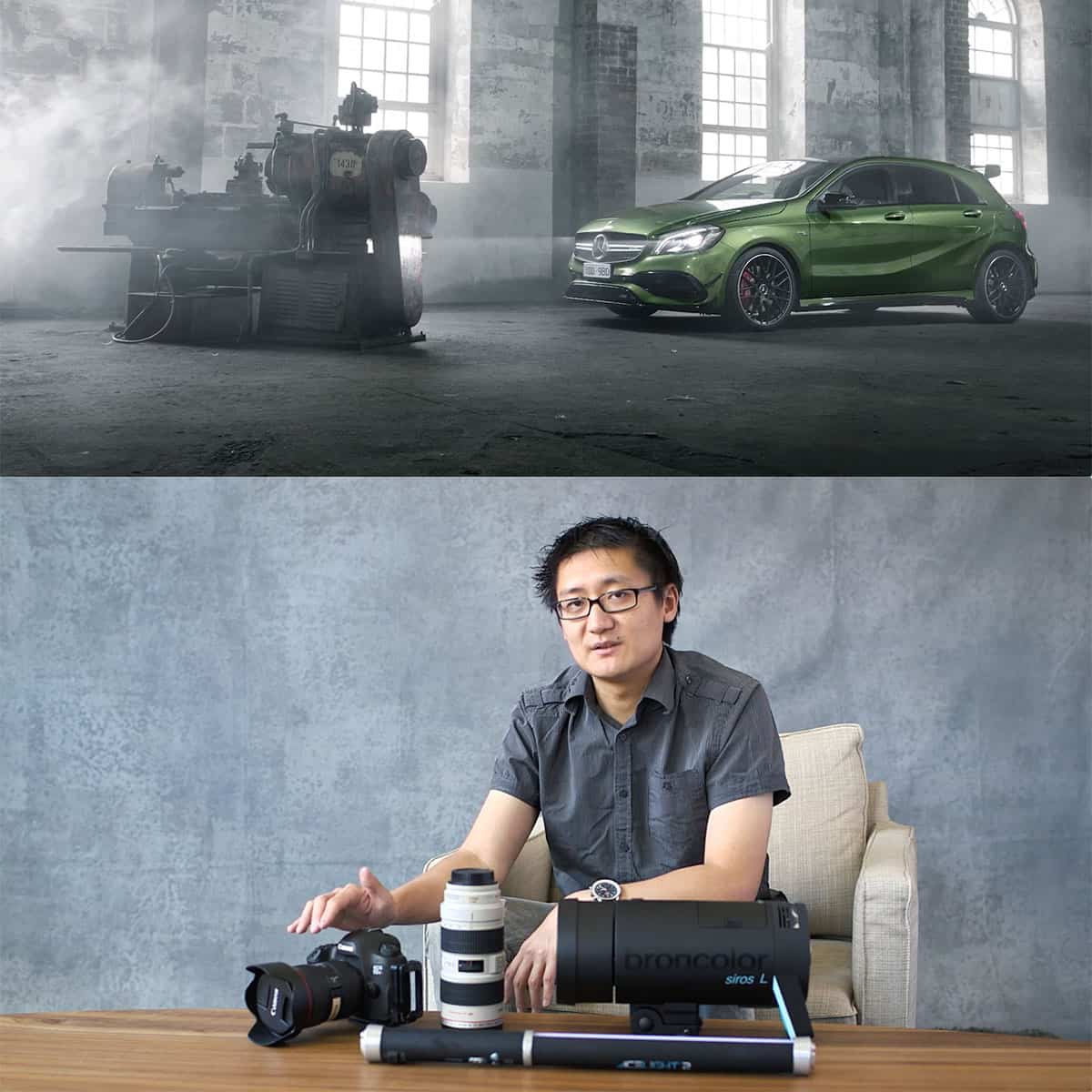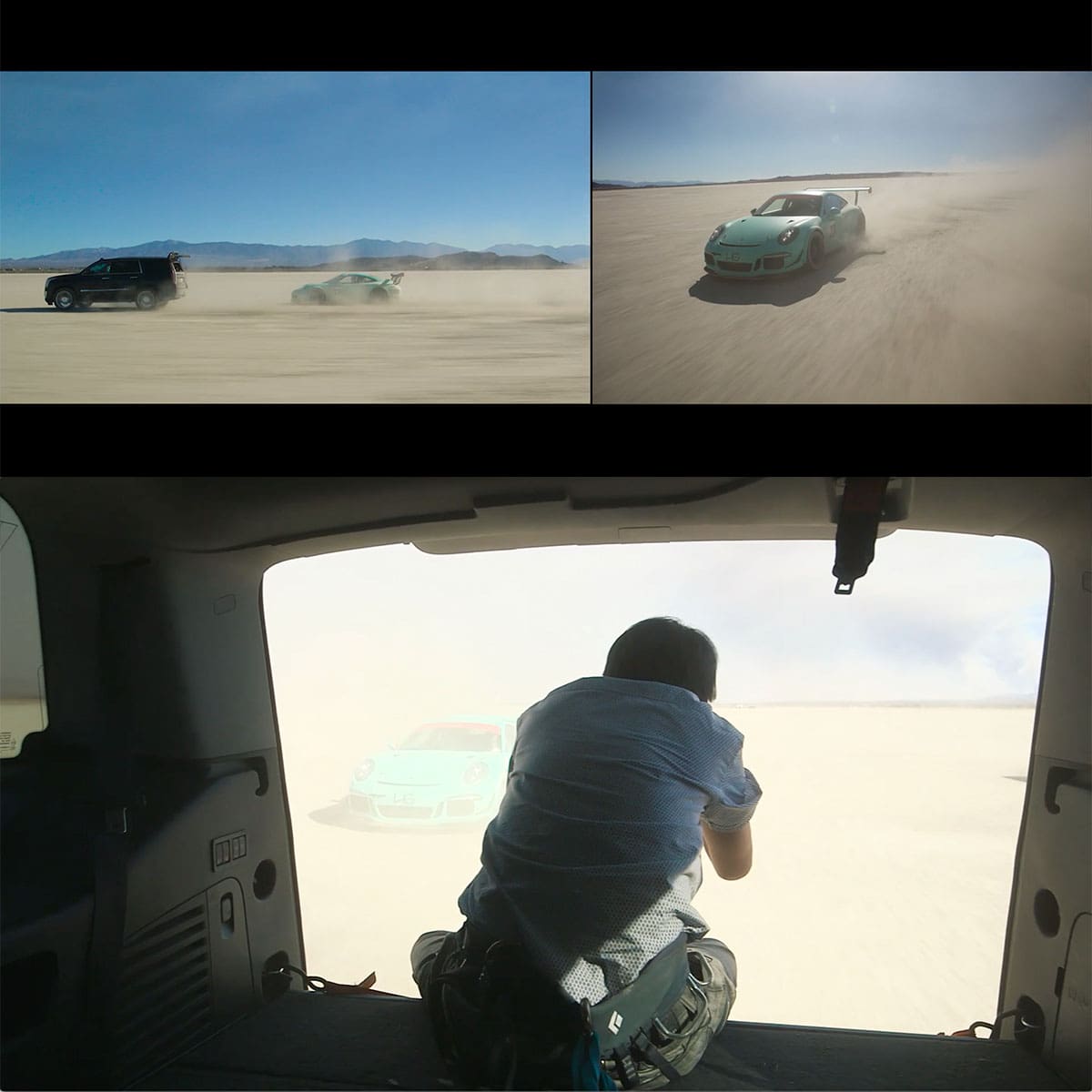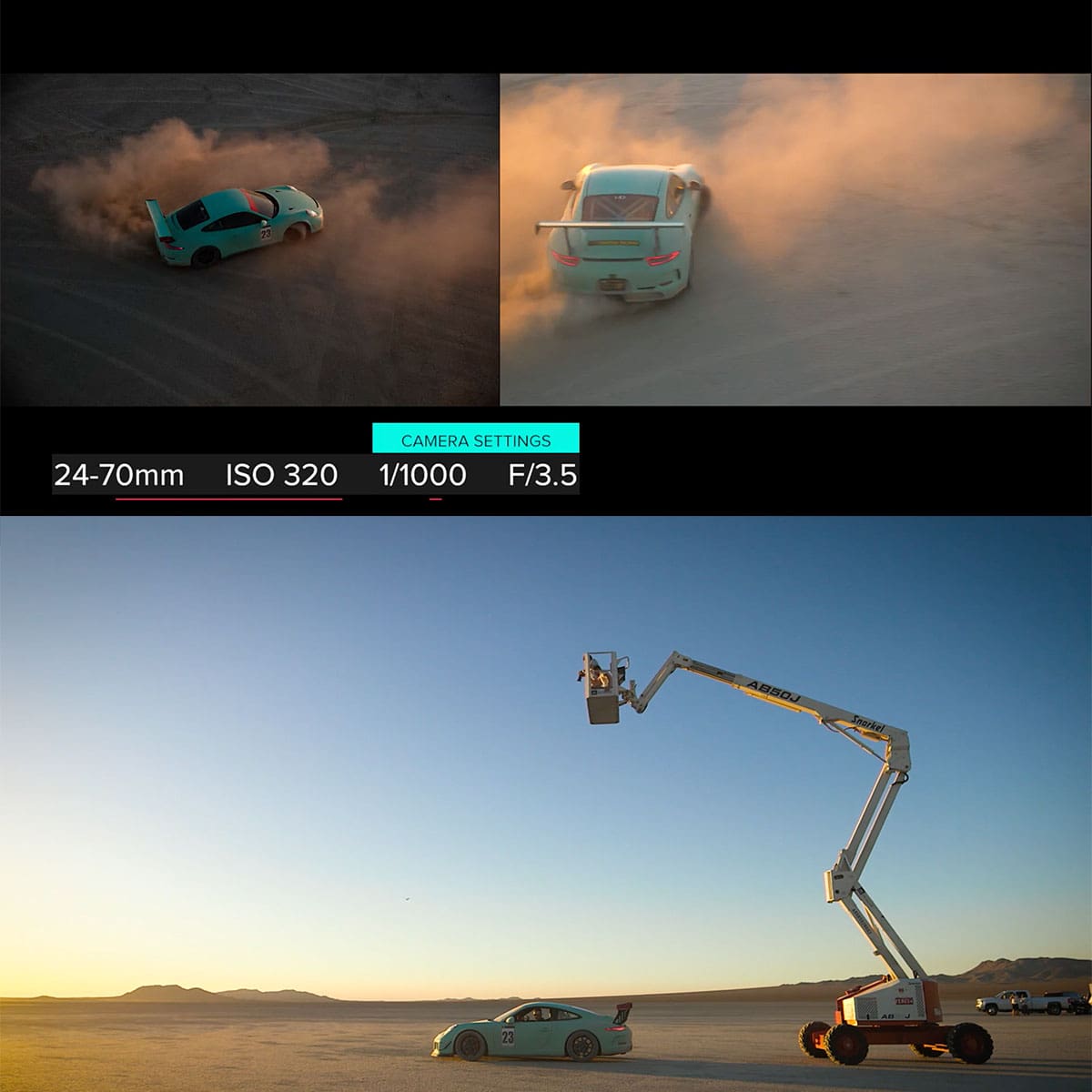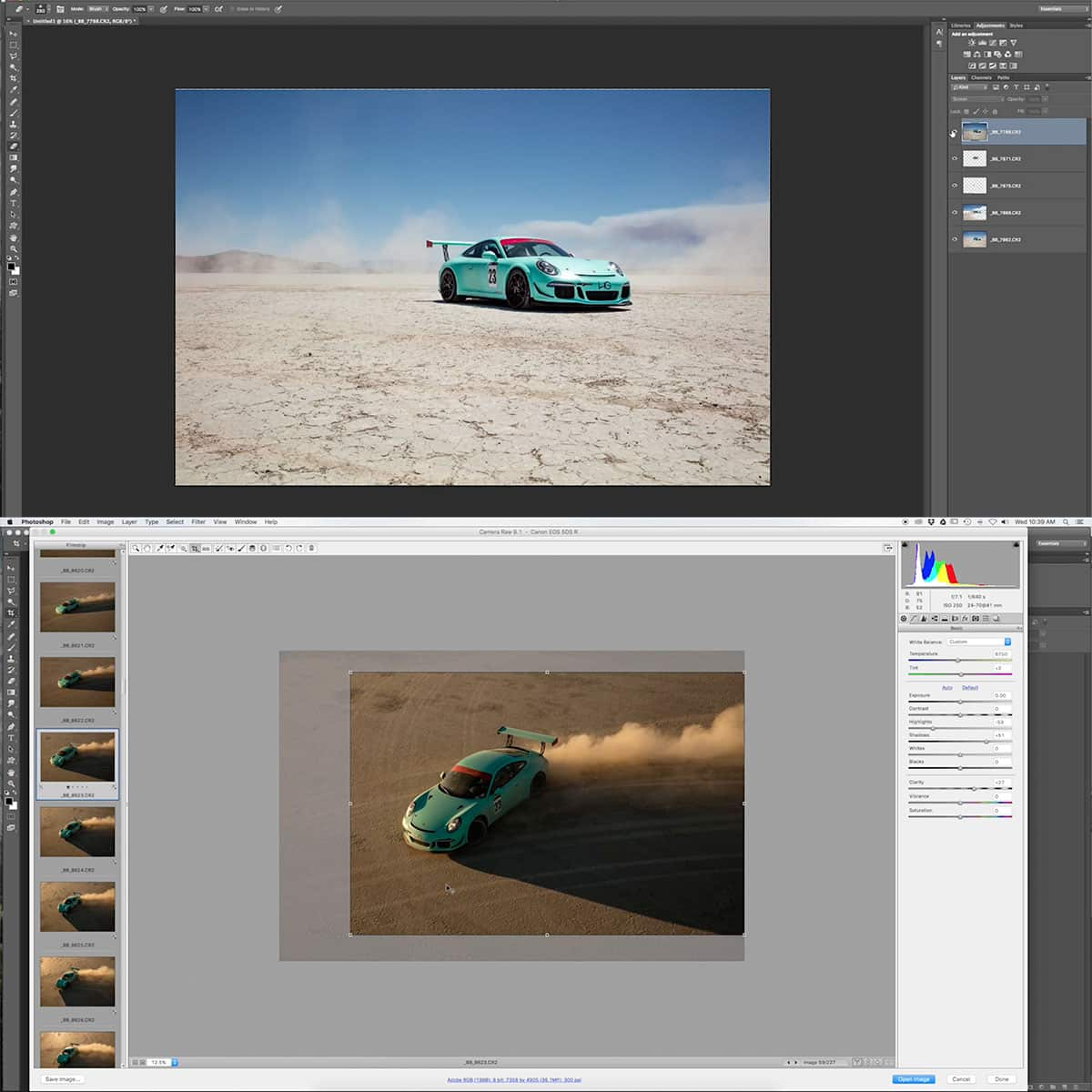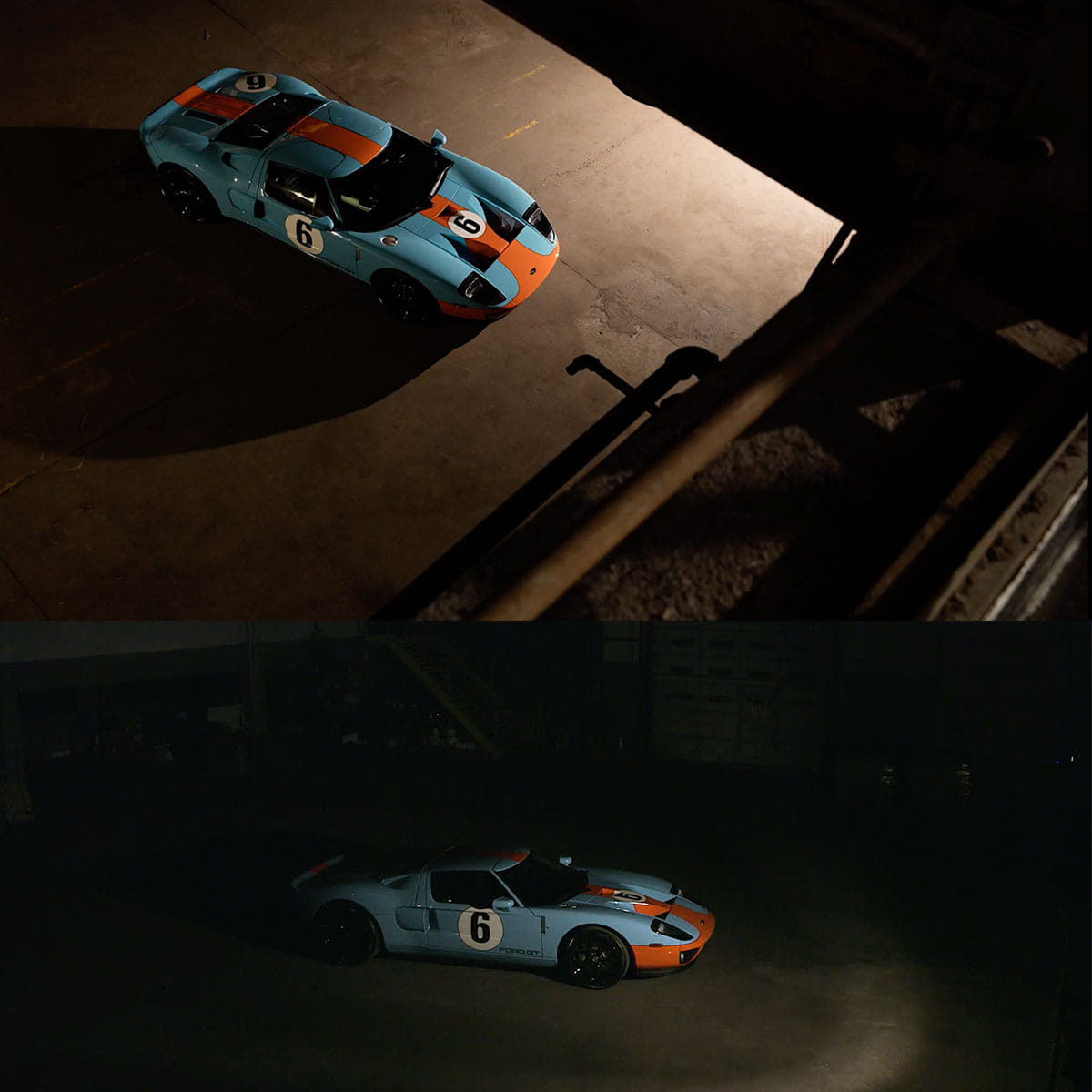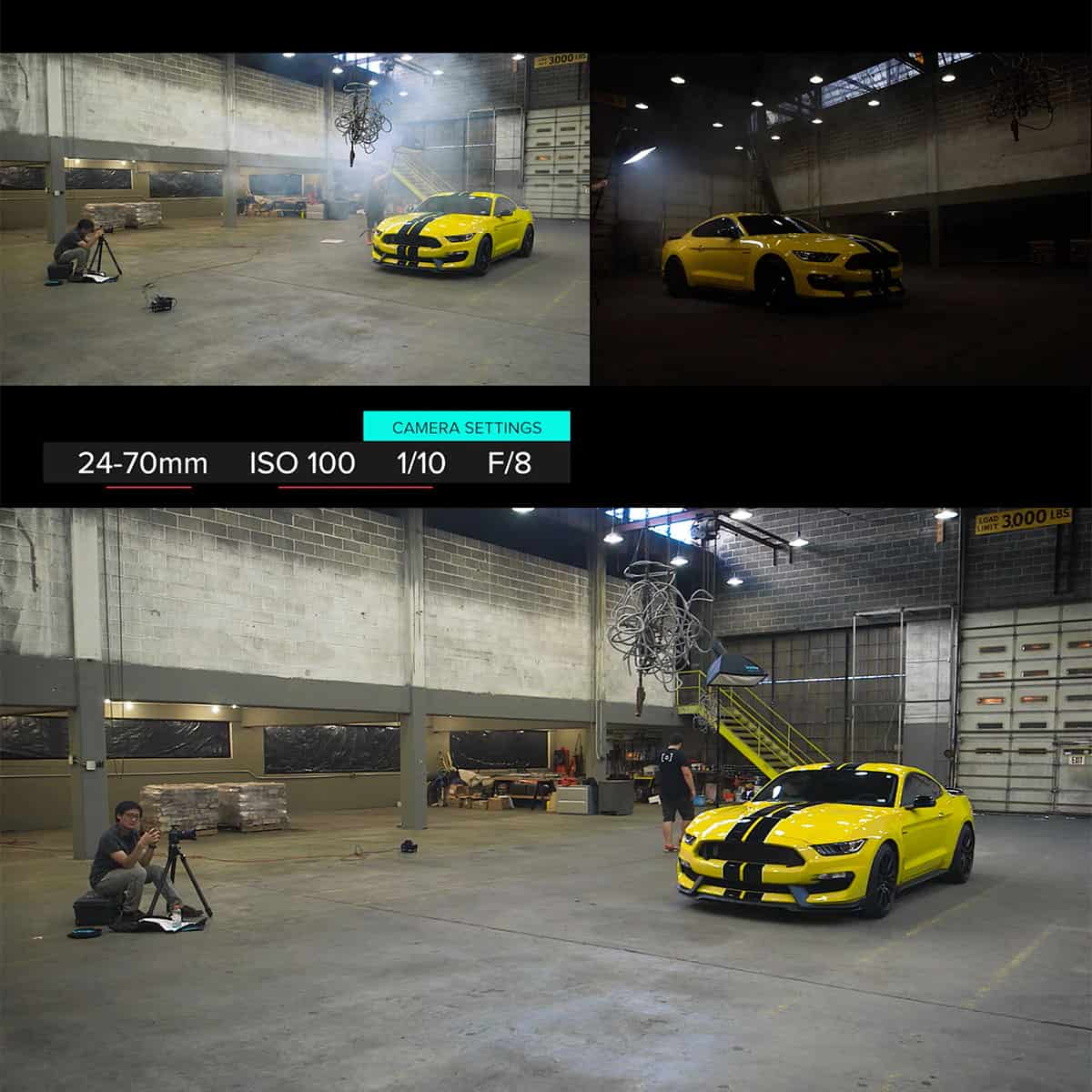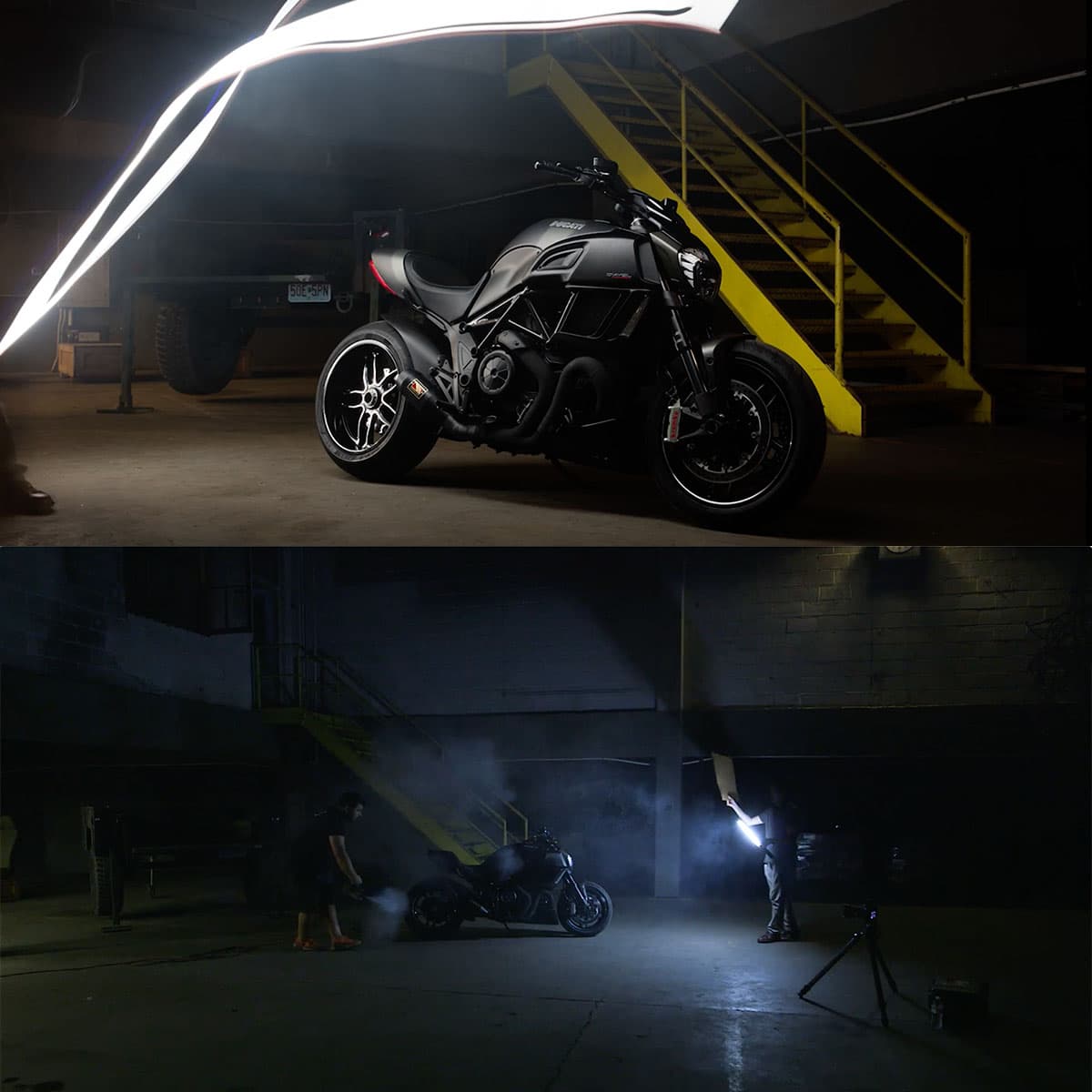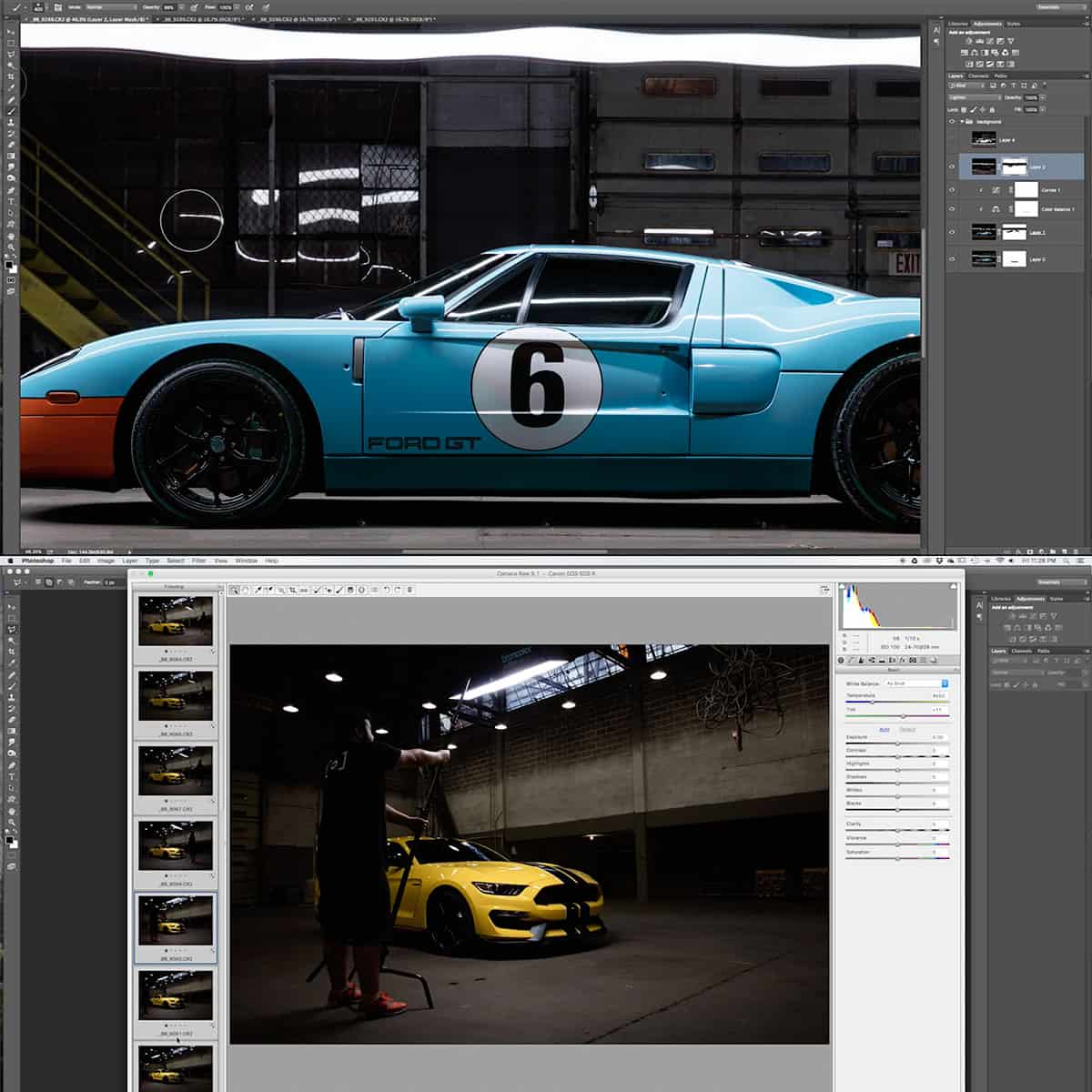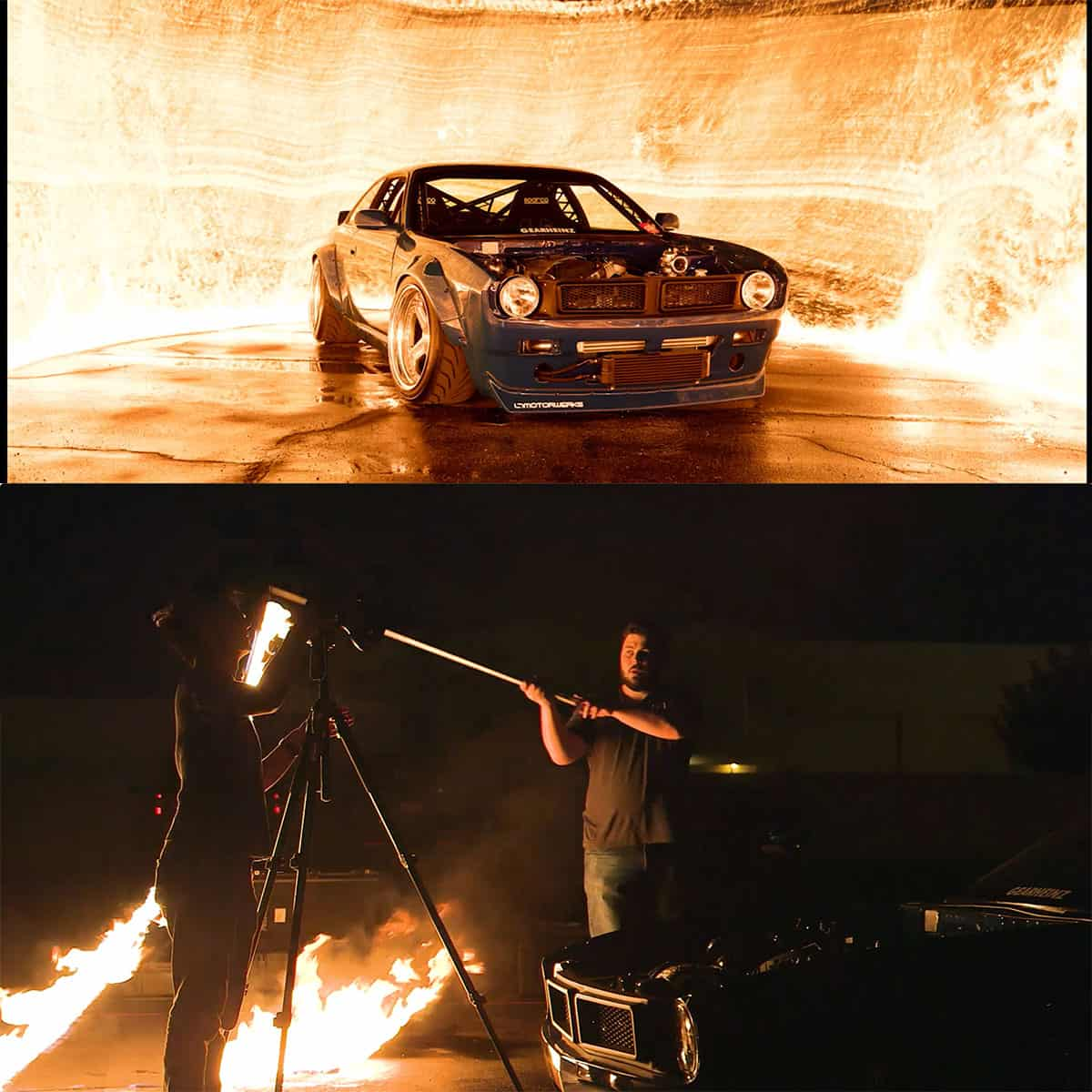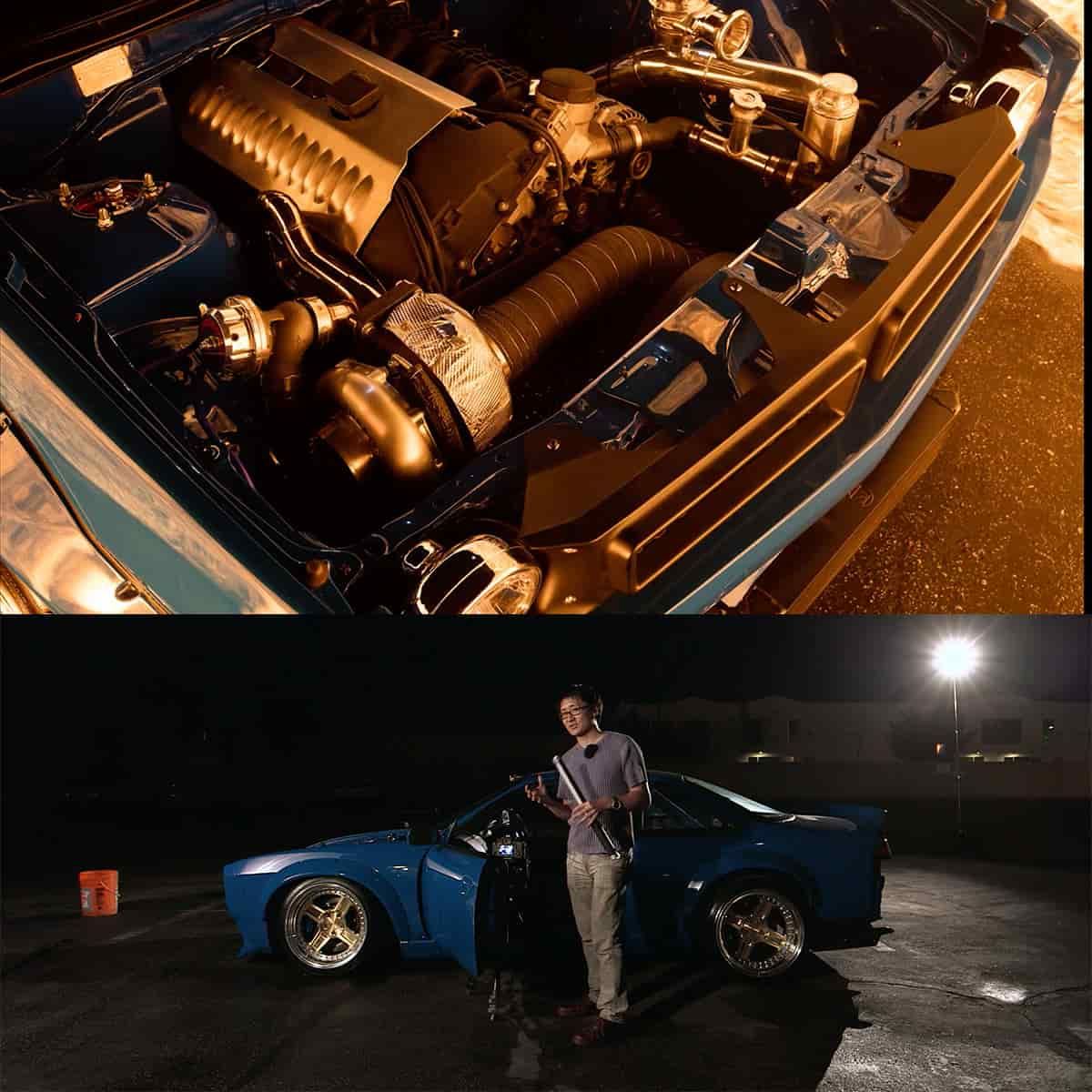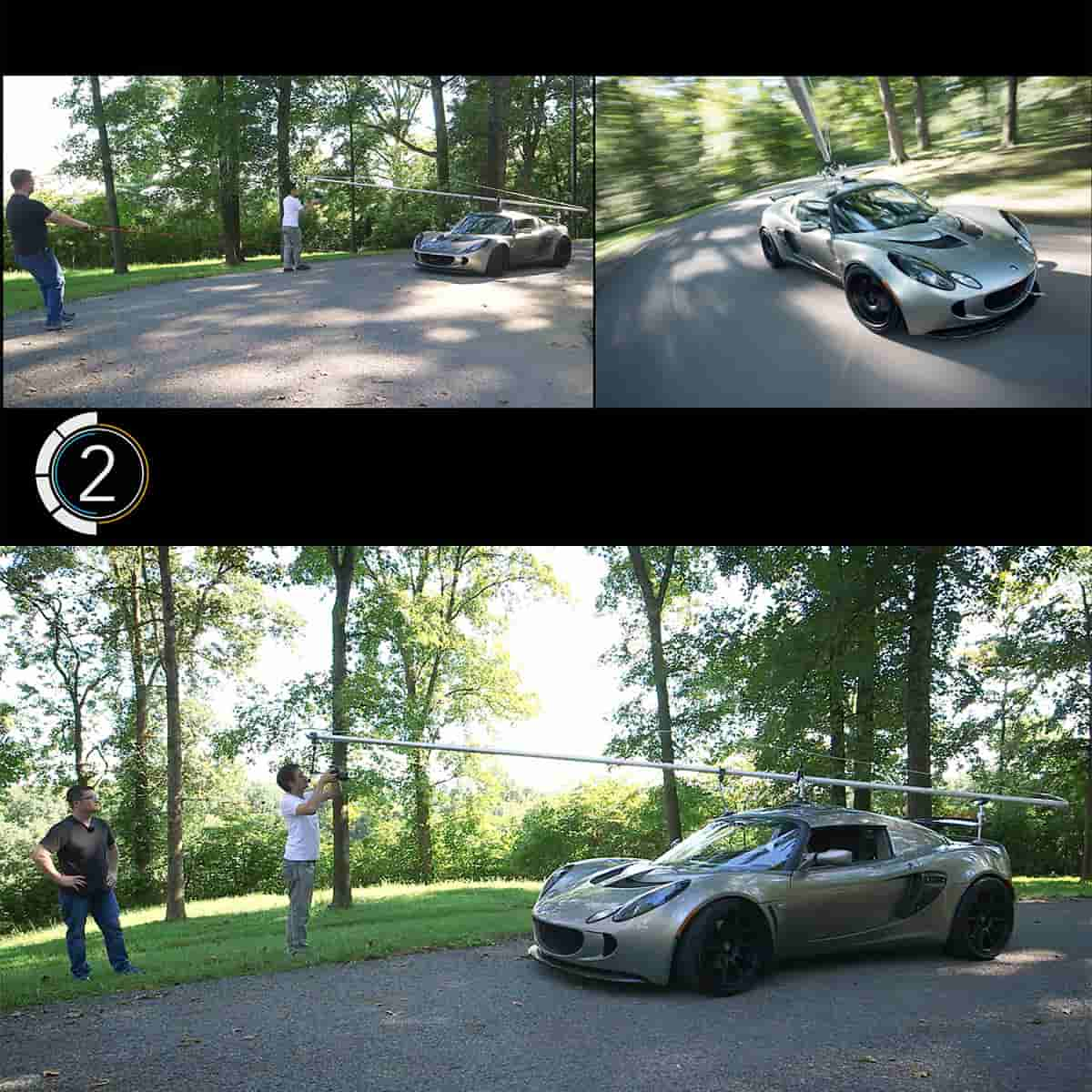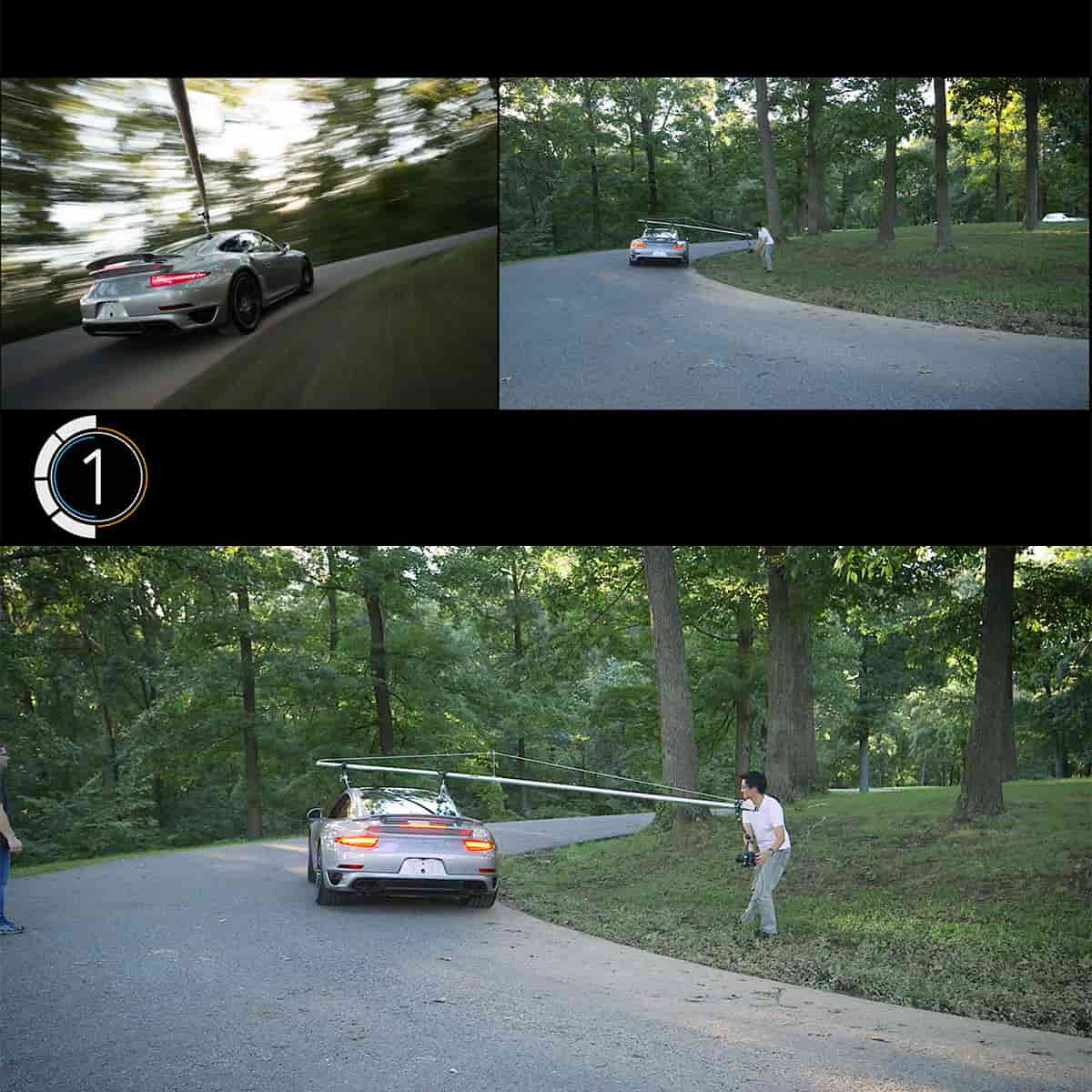Fast Lenses: A Key to Creative Photography Unlocked
As photographers, we understand the importance of creativity and innovation in our work. One aspect that plays a significant role in capturing unique, eye-catching images is the choice of lens. Fast lenses, with their wide apertures and amazing low-light capabilities, can help transform our photographic vision into reality.
Fast lenses often have an aperture of f/1.4, f/1.8, or even f/0.95, allowing them to perform exceptionally well in low-light situations and offer a shallower depth of field. These lenses are ideal for capturing images with a beautiful bokeh effect, as well as freezing action by employing faster shutter speeds. Fast lenses can also improve the performance of various camera types, be it DSLR or mirrorless, by boosting their ability to capture stunning photos in diverse conditions.
Key Takeaways
- Fast lenses have wide apertures, allowing excellent low-light performance and creative depth of field control.
- They are versatile, enhancing the capabilities of different camera types and improving overall image quality.
- Choosing a fast lens can play a crucial role in achieving your desired photographic vision.
Understanding Fast Lenses
Role of Aperture
Fast lenses are characterized by their large maximum aperture which allows more light to enter the camera. This increased light intake enables shorter exposure times, resulting in sharper images. For instance, with an aperture of f/1.4, you can capture images up to 8 times faster than a lens with an aperture of f/4.
Focal Lengths and Lens Speed
Lens speed refers to how quickly a lens can take a well-exposed photograph given a certain amount of light. It is directly related to the lens aperture, which determines how much light can pass through the lens. Fast lenses typically have maximum apertures of f/1.8, f/1.4, or f/1.2, and some even offer f/0.95. Focal lengths do not directly affect lens speed, but longer focal lengths tend to have smaller maximum apertures.
Unraveling Max Aperture Ratings
A lens' maximum aperture rating refers to the largest aperture that can be set on a lens. It is usually represented by the smallest f-number in its specifications. Fast lenses have lower f-numbers, indicating their capability to open wider and let in more light. For example, a lens with a maximum aperture of f/1.4 has a larger aperture than one with a maximum aperture of f/1.8. As a result, it can capture images in low light conditions more effectively.
In conclusion, understanding the role of aperture, focal lengths, and max aperture ratings can help you make informed decisions when selecting a fast lens for your photography needs. Fast lenses offer many creative possibilities, such as producing images with a shallow depth of field, enabling you to capture well-exposed photos in challenging light conditions.
Advantages of Fast Lenses
Achieving Bokeh
Fast lenses are known for their ability to create stunning, creamy bokeh. This effect is achieved by a combination of shallow depth of field and wide apertures. With a fast lens, we can emphasize our subject by blurring the background, separating it from any distractions.
With fast lenses, we can manipulate the depth of field for artistic purposes. A narrow depth of field is often desired in creative photography, as it directs focus solely on our subjects. This gives us better control over the composition and mood of our photos.
Low-Light Photography
Another significant advantage of fast lenses is their usefulness in low-light photography. The wide aperture allows more light to enter the camera, enabling us to use faster shutter speeds and lower ISO settings, thus reducing the need for artificial lighting and avoiding image noise.
In scenarios such as concerts, events, or nightscapes, we can rely on fast lenses to capture sharp, well-exposed images. The ability to shoot at wide apertures allows us to maintain proper exposure even in dimly lit environments, making fast lenses a valuable tool in any photographer's arsenal.
Portraiture
Fast lenses are essential for creating high-quality portraits. The shallow depth of field helps us isolate our subject from the background, making them stand out and adding a sense of depth to the image. We can use fast lenses to achieve a professional, eye-catching look in our portrait photography.
Moreover, the benefits of fast lenses extend beyond just the aesthetic. The wide aperture enables us to shoot in lower light conditions without sacrificing image quality or relying on artificial lighting equipment. This flexibility makes fast lenses an indispensable tool for portrait photographers.
Speed and Camera Types
DSLR and Mirrorless Systems
In the world of photography, both DSLR and mirrorless systems can benefit from fast lenses. Popular brands like Canon, Nikon, Sony, Olympus, and Panasonic offer fast lenses for their camera systems. Fast lenses help us achieve better low-light performance, artistic bokeh, and quicker autofocus.
By using a large aperture like f/1.4, a fast lens can pass eight times more light compared to an f/4 lens, making it significantly faster. This ability allows for better performance in low-light situations and faster shutter speeds, which is crucial for capturing moving subjects.
APS-C vs Full Frame
Fast lenses are beneficial both for APS-C (crop sensor) and full-frame camera systems. However, their impact on depth of field and low-light performance can be different. Below are some comparisons between APS-C and full-frame cameras when using fast lenses.
Low-light Performance:
APS-C cameras typically offer good low-light performance when paired with fast lenses, but full-frame cameras come out on top due to their larger sensor size, which can gather more light.
Depth of Field:
Full-frame cameras achieve a shallower depth of field when using the same fast lenses compared to APS-C cameras. This effect enables the creation of more appealing bokeh backgrounds in our portraits.
Autofocus:
Both APS-C and full-frame systems can benefit from fast lenses in terms of autofocus speed, as the lenses allow more light to reach the camera's autofocus system. This increase in light improves focus accuracy, especially in low-light situations.
In conclusion, fast lenses provide a range of creative capabilities for photographers using DSLR and mirrorless systems, including APS-C and full-frame cameras. Regardless of the camera type, we can effectively utilize fast lenses to enhance our photography.
Choosing a Fast Lens
Considerations for Buying
When selecting a fast lens, it's important to consider the focal length and the type of photography you plan to explore. For instance, a wide aperture lens with a short focal length is typically suitable for portrait photography, while a lens with a longer focal length can be ideal for wildlife photography. In portrait photography, a fast lens can help create a beautiful background blur, whereas, with wildlife photography, a fast lens lets us capture sharp images even in low-light conditions.
For landscape and macro photography, a fast lens can also provide benefits. In landscape photography, it offers flexibility to control depth of field and capture images in varying light situations, especially during dusk or dawn. In macro photography, a fast lens enables us to shoot at faster shutter speeds to avoid unwanted blur from camera shake or subject movement.
Another factor to consider while selecting a fast lens is its price. Fast lenses can often be expensive due to their complex design and the superior quality of glass. However, they are considered a worthwhile investment for many photographers due to the creative possibilities they offer.
Lens Manufacturers
There are several lens manufacturers producing high-quality fast lenses. Some of the popular ones include Canon, Nikon, Sony, Sigma, and Tamron. When choosing a fast lens, it's essential to ensure compatibility with your camera as not all lenses work with every camera body. Also, remember to consider factors such as lens speed and distortion, which may vary among different lenses.
Here's a quick comparison table of various lens manufacturers and their offerings:
| Manufacturer | Aperture Range | Focal Length Range | Types of Photography |
|---|---|---|---|
| Canon | f/1.2 - f/2.8 | 14mm - 300mm | All types |
| Nikon | f/1.4 - f/2.8 | 14mm - 300mm | All types |
| Sony | f/1.4 - f/2.8 | 12mm - 200mm | All types |
| Sigma | f/1.4 - f/2.8 | 14mm - 300mm | All types |
| Tamron | f/1.8 - f/2.8 | 35mm - 400mm | All types |
In conclusion, selecting the right fast lens involves considering various factors such as focal length, types of photography, price, and lens manufacturers. By making a well-informed choice, you can unlock new creative possibilities and enhance your photography skills.
Conclusion
Fast lenses play a significant role in enhancing our creative photography skills. Their wide apertures allow us to capture well-exposed photos with fast shutter speeds, giving us the flexibility to experiment with different styles and techniques. By exploring the capabilities of fast lenses, such as the Canon EF 50mm f/1.8 STM, we can unlock our artistic potential and consistently achieve stunning results.
As artists, using fast lenses allow us to manipulate depth of field, create distinctive bokeh, and excel in low-light situations. This versatility empowers us to express our vision across a wide range of photography genres, from portraits to street photography. By investing in a fast lens, we open up a world of creative possibilities.
Ultimately, selecting the right fast lens for our photography needs can be a game-changer. Embracing their capabilities not only improves our technical skills but also enables us to grow as artists. So, let's continue exploring the world of fast lenses and elevate our creative photography to new heights.
Frequently Asked Questions
What are the benefits of a fast lens?
A fast lens offers a wide aperture, allowing more light to enter the camera, which enables us to take well-exposed photos with fast shutter speeds source. They are often suitable for various photography genres, such as portraits, street photography, and low-light situations source.
How does a fast lens improve low-light photography?
In low-light situations, a fast lens with a wide aperture can capture more light, leading to better-exposed images. This means we can shoot at higher shutter speeds and maintain sharpness without sacrificing image quality due to noise.
In what situations are fast lenses especially useful?
Fast lenses are beneficial for low-light photography, indoor events, and street scenes where lighting can be unpredictable. Additionally, they are useful for freezing motion in sports or wildlife photography, and for creating shallow depth of field effects in portrait photography.
How do fast lenses affect depth of field?
Fast lenses with wide apertures allow us to create a shallow depth of field, isolating the subject from the background. This helps draw attention to the subject and produces a pleasing bokeh effect, which is often used in portrait and artistic photography.
What factors contribute to a lens being considered fast?
The speed of a lens is primarily determined by its maximum aperture, which is measured in f-stops. A lower f-stop number, such as f/1.4 or f/1.8, indicates a faster lens with a wider aperture. This allows for more light to pass through the lens and contribute to faster shutter speeds.
Are there any downsides to using a fast lens?
One downside of using a fast lens is the potential for reduced sharpness when shooting wide open, particularly around the edges of the frame. Additionally, fast lenses tend to be heavier and more expensive than slower lenses due to their complex design and large glass elements.


